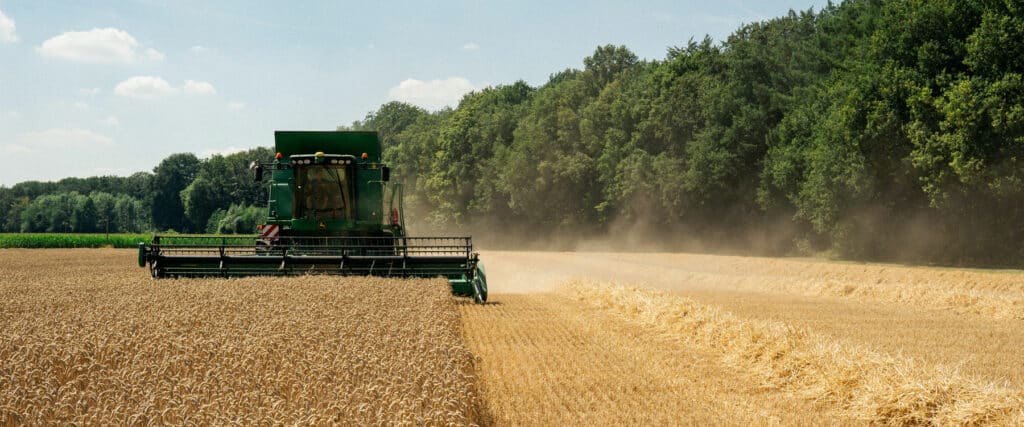Have you ever wondered how the wheat in your bread is grown? Today, we’re going to explore two different ways of growing wheat: regenerative agriculture and conventional farming. Let’s dive in and see what makes them different!
What is Regenerative Agriculture?
Regenerative agriculture is a way of farming that focuses on improving the health of the soil. It uses practices that work with nature, not against it. The goal is to leave the land better than we found it.
Conventional Farming: The Current Norm
Conventional farming is the most common way of growing crops today. It often uses methods that can harm the environment over time, like heavy tilling and lots of chemical fertilizers and pesticides. Here are some of the key differences:
Soil Management
Cover Crops
Crop Rotation
Regenerative farmers regularly change what’s planted in a field to improve soil health and reduce pests. This diversity helps maintain a balanced ecosystem. Conventional farming might plant the same crop year after year, which can deplete soil nutrients and increase pest problems over time.
Water Use
Regenerative farming focuses on building soil that holds water better, reducing the need for irrigation. This approach helps conserve water resources. Conventional farming may rely more heavily on irrigation, which can strain water resources, especially in drought-prone areas.
Biodiversity
Chemical Use
Regenerative farming tries to minimize or eliminate synthetic fertilizers and pesticides. Instead, it relies on natural processes to manage soil fertility and pest control. Conventional farming often relies heavily on synthetic chemicals to manage pests and boost crop growth, which can have negative impacts on soil health and the environment.
Long-term Sustainability
Regenerative agriculture aims to improve soil health over time, potentially leading to better crop yields in the future. This approach focuses on building a resilient farming system. Conventional farming methods may lead to declining soil health and productivity over time, potentially requiring more inputs to maintain yields.
Looking Ahead
While conventional farming has helped us produce large amounts of food, regenerative agriculture offers a way to grow crops that’s better for the environment. As consumers, we can support regenerative farming by choosing products made with regeneratively-grown wheat.
At Farmer Direct Foods, we’re committed to regenerative agriculture because we believe it’s better for the land, the farmers, and you, our customers. By choosing our products, you’re not just getting great wheat – you’re supporting a healthier planet too!


